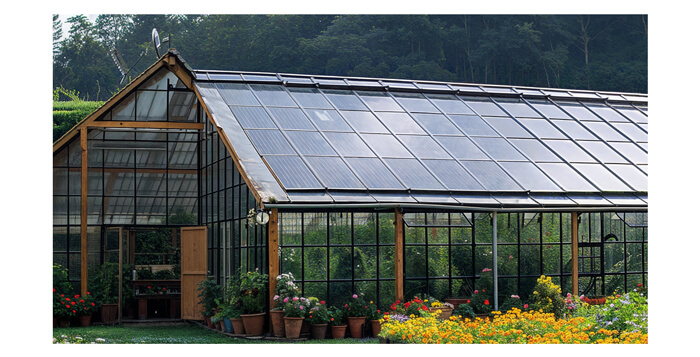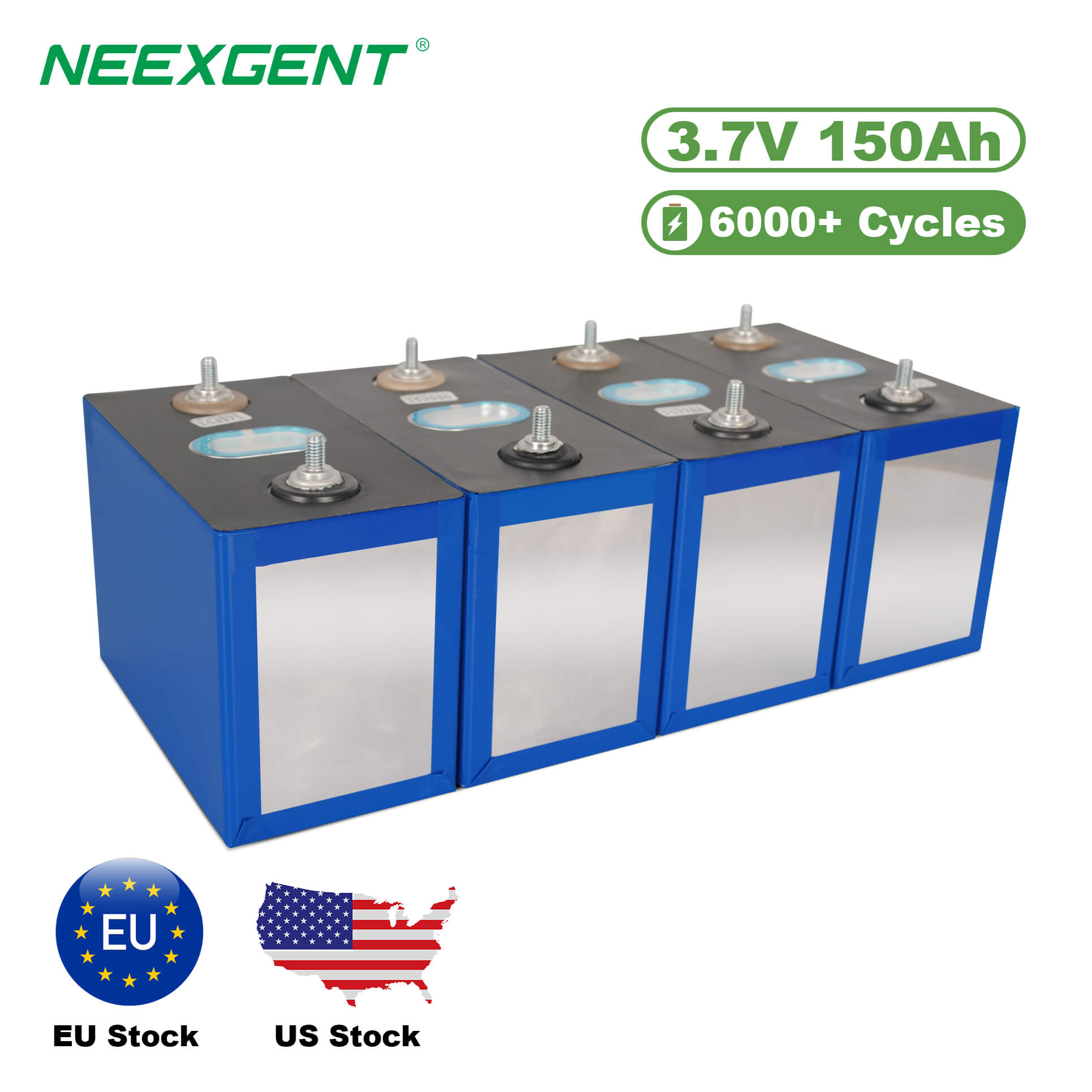Contents:
Solar panels can be easily integrated into greenhouses, offering a sustainable energy solution that helps reduce operational costs. By harnessing solar energy, greenhouses can power essential systems such as lighting, ventilation, and irrigation, improving overall efficiency. With the right setup, solar panels can generate enough energy without negatively affecting plant growth, making them an ideal choice for eco-friendly and cost-effective greenhouse operations.

Benefits of Installing Solar Panels in Greenhouses
1. Energy Efficiency:
Solar panels can generate electricity to power lighting, heating, and irrigation systems in greenhouses, significantly reducing operational costs.
2. Sustainability:
By relying on renewable energy, greenhouse operations can minimize their carbon footprint, contributing to environmentally friendly practices.
3. Land Optimization:
Utilizing the greenhouse's roof for solar panels maximizes land use, eliminating the need for additional land for solar farms.
4. Self-Sufficiency:
Greenhouses equipped with solar panels can operate independently of the grid, ensuring uninterrupted production even in remote locations.
Challenges of Solar Panels in Greenhouses
1. Light Availability:
Solar panels can block sunlight, which may affect plant growth. Transparent or semi-transparent solar panels may mitigate this issue.
2. Initial Costs:
The installation of solar panels involves high upfront costs, including purchasing panels, solar inverters, and batteries, if required.
3. Maintenance:
Cleaning and maintaining solar panels to ensure optimal efficiency is an added responsibility for greenhouse operators.
Design Considerations for Solar Greenhouses
To effectively incorporate solar panels into a greenhouse, the following factors should be considered:
-
Orientation and Angle: Position solar panels to capture maximum sunlight without significantly reducing the light available for crops.
-
Panel Type: Use semi-transparent or bifacial solar panels to balance energy production and light transmission.
-
Energy Storage: Include battery systems to store surplus energy for use during low-sunlight periods.
-
Climate and Crop Requirements: Tailor the design to the specific needs of crops and local climate conditions.
Comparative Table: Conventional vs. Solar-Powered Greenhouses
Below is a table summarizing the key differences between conventional and solar-powered greenhouses:
| Feature |
Conventional Greenhouse |
Solar-Powered Greenhouse |
| Energy Source |
Electricity or Fossil Fuels |
Solar Energy |
| Operational Cost |
Higher |
Lower |
| Environmental Impact |
Higher Carbon Emissions |
Lower Carbon Emissions |
| Energy Independence |
Dependent on External Supply |
Independent |
Practical Applications of Solar Panels in Greenhouses
The integration of solar panels into greenhouses is already making strides in various agricultural sectors. Let’s explore some practical applications:
1. Solar Ventilation Systems:
Solar panels can power automated ventilation systems, ensuring optimal airflow and temperature for plant growth.
2. Lighting Systems:
Energy from solar panels can support LED grow lights for crops requiring additional illumination during shorter days.
3. Heating Solutions:
Solar-generated electricity can be used for heating systems, maintaining consistent temperatures during colder seasons.
4. Water Management:
Solar energy can run water pumps and irrigation systems, promoting efficient water usage.
5. Off-Grid Operations:
In remote areas, solar greenhouses allow farmers to cultivate crops without dependence on external electricity sources.
Technological Advancements in Solar Greenhouses
Advancements in technology are addressing challenges related to light transmission and energy efficiency. Key innovations include:
-
Semi-Transparent Solar Panels: These panels allow light to pass through while generating electricity, ensuring crops receive adequate sunlight.
-
Thin-Film Solar Technology: Flexible and lightweight, these panels can be integrated seamlessly into greenhouse structures.
-
Bifacial Solar Panels: These panels capture sunlight from both sides, maximizing energy output.
-
Smart Energy Management Systems: Advanced systems optimize energy usage and storage, ensuring efficient power distribution within the greenhouse.
Benefits for Small-Scale Farmers
Solar-powered greenhouses are not only for large-scale operations; they offer significant advantages for small-scale farmers as well:
-
Cost Savings: Reduced reliance on electricity lowers operational expenses.
-
Increased Yield: Consistent environmental conditions lead to higher crop productivity.
-
Scalability: Modular solar panel systems can be scaled as per the farmer's needs.
Comparative Table: Solar Technologies for Greenhouses
Below is a table showcasing different solar technologies suitable for greenhouse integration:
| Technology |
Advantages |
Challenges |
| Semi-Transparent Panels |
Allows sunlight penetration while generating energy |
Higher initial costs |
| Thin-Film Solar Panels |
Lightweight and flexible |
Lower efficiency compared to traditional panels |
| Bifacial Panels |
Generates energy from both sides |
Requires specific installation angles |
| Smart Energy Systems |
Optimizes power distribution |
Complex installation process |
Energy Efficiency Trends in Solar Greenhouses
The adoption of solar panels in greenhouses has led to notable improvements in energy efficiency. By monitoring energy generation and consumption trends, farmers can make data-driven decisions to optimize their greenhouse operations. Below is a sample representation of energy trends over a year in a solar-powered greenhouse:
Monthly Energy Production and Consumption in a Solar Greenhouse
The chart below demonstrates energy production versus consumption in a solar greenhouse across 12 months.
Insights from the Chart
-
Peak Production in Summer: The highest energy generation occurs between May and August due to longer daylight hours.
-
Balanced Consumption: Energy usage remains consistent, reflecting efficient power management systems in place.
-
Winter Challenges: Lower production in winter months highlights the importance of energy storage solutions to maintain operations.
Key Takeaways for Farmers
-
Adaptation to Seasonal Variations: Farmers should plan energy storage and resource allocation based on seasonal production trends.
-
Investment in Efficient Panels: Advanced solar panels with high efficiency can mitigate seasonal disparities.
-
Monitoring Systems: Regular tracking of energy data ensures that greenhouse operations remain sustainable and cost-effective.

Economic Advantages of Solar Greenhouses
Solar-powered greenhouses offer significant economic benefits to farmers. Over time, the reduction in electricity costs offsets the initial investment in solar panels, making them a cost-effective solution. Additionally, government subsidies and incentives for renewable energy adoption in many countries further enhance their financial appeal.
Farmers can also generate additional revenue by selling excess electricity produced by their solar panels back to the grid. This dual advantage of cost savings and income generation creates a more sustainable and profitable farming model.
Environmental Impact
Greenhouses equipped with solar panels help reduce dependency on fossil fuels, significantly lowering greenhouse gas emissions. This contributes to the global effort to combat climate change while supporting sustainable agricultural practices. Moreover, using renewable energy aligns with environmentally conscious consumer preferences, potentially giving farmers a market edge.
Promoting Technological Advancement
The adoption of solar energy in greenhouses drives innovation in both the renewable energy and agricultural sectors. As demand for solar solutions in farming increases, manufacturers are encouraged to develop more efficient and cost-effective technologies. This collaborative growth fosters advancements in energy systems, benefiting not only agriculture but other industries as well.
Solar-powered greenhouses represent a harmonious blend of technology and nature, paving the way for a sustainable agricultural future that meets the world's growing food and energy needs.
FAQs







